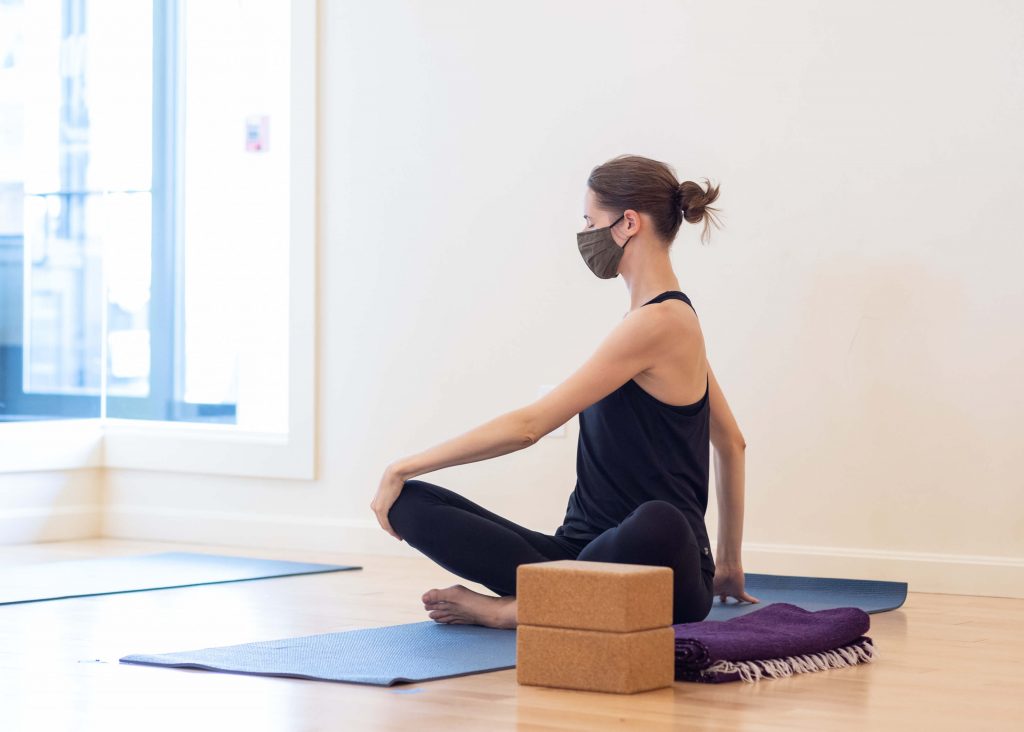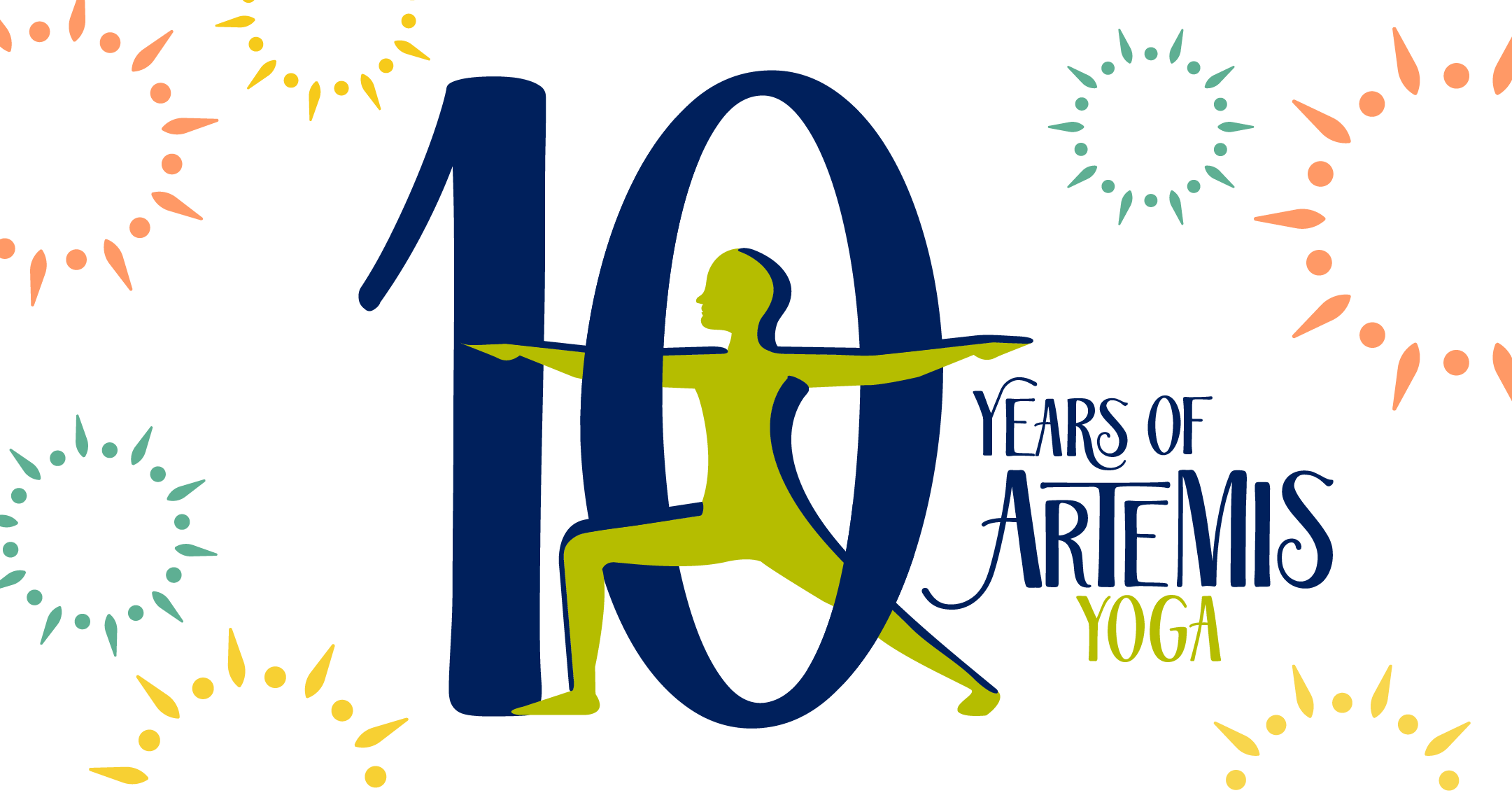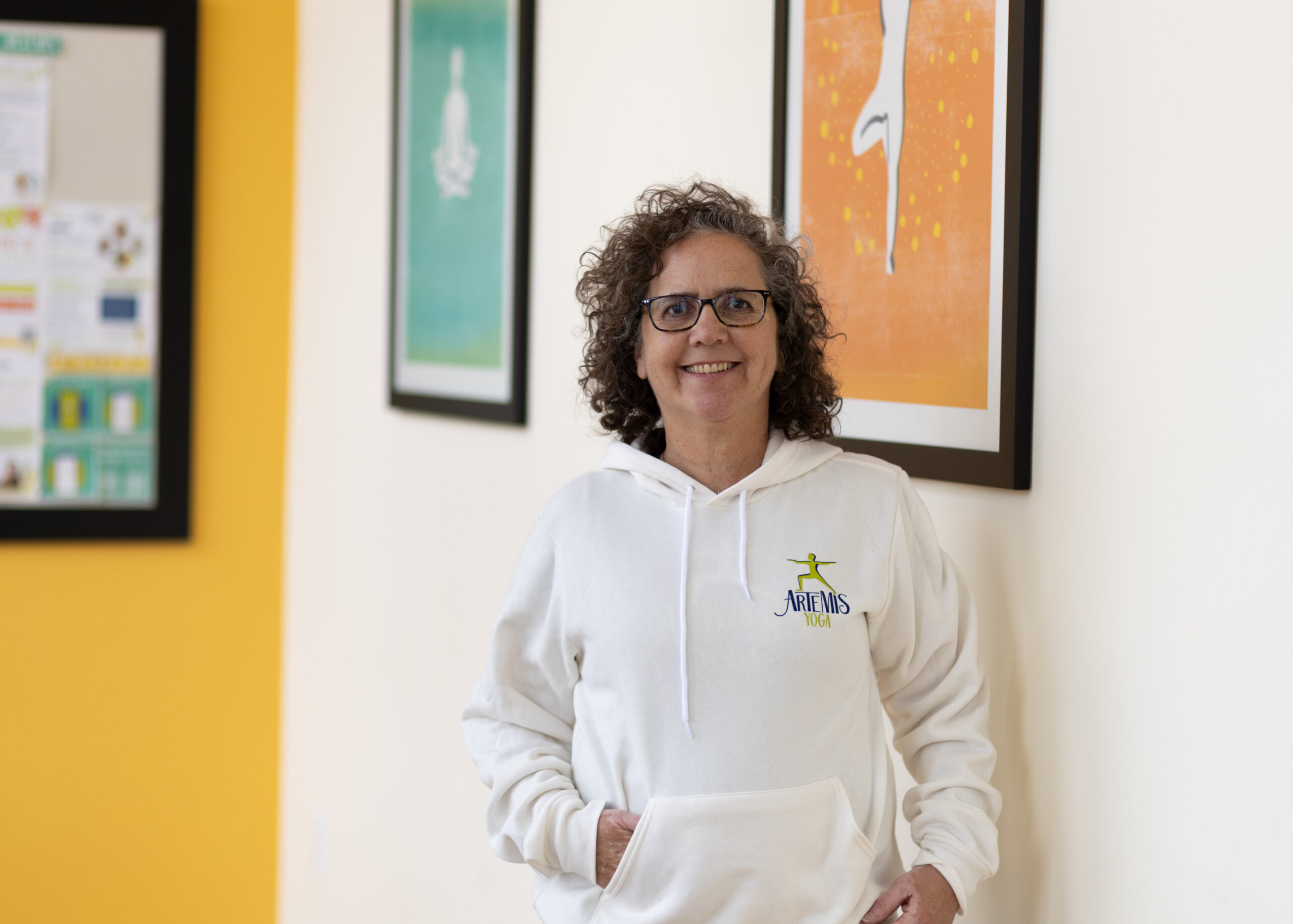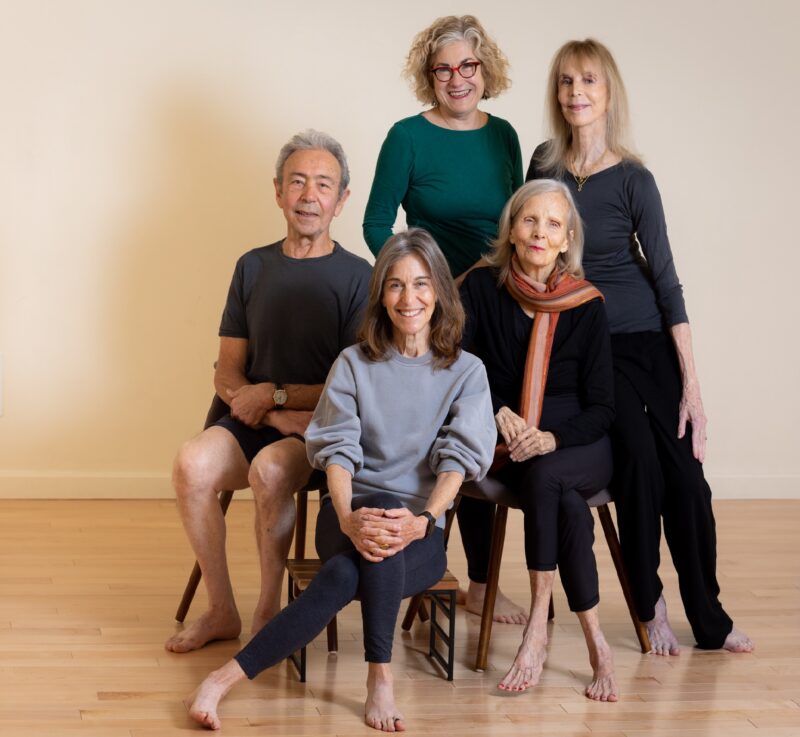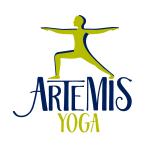Mary Wixted is an Iyengar teacher at Artemis Yoga. This Saturday, April 7 at 1:00pm, she is beginning a new four-week series for Healthy Neck and Shoulders. While all four classes are recommended for maximum results, attending any of the classes would be worthwhile! Learn more about Mary and the series below!
1. What can students expect from this series?

They can expect to do poses that will stretch their arms and shoulders, while at the same time aligning the bones, in a way that will give them a new sense of stability, openness, strength and integration of the upper body. We will be practicing two sequences designed by a senior Iyengar teacher in the midwest who is one of the most knowledgeable therapeutic teachers we have in our method in the United States. For the first two classes, we’ll explore the first sequence of about 12 poses. The next two classes we will take on the second sequence which will be slightly more challenging for the shoulders and arms. This practice will help students understand how to more safely work their arms and shoulders in yoga class. For me, when I do these sequences, I notice that my shoulders, neck, and arms feel more stable and strong in my regular practice.
2. How will the postures from the Healthy Neck and Shoulders series differ from the postures in a Flow, Iyengar, or Restorative class?
As in regular class, these are asanas and as such they not only affect the body, they affect the mind. These sequences can help a student discover what areas of the neck, shoulders, and arms are tight or painful. For instance, sometimes your hands can be tight which will affect your neck, wrists can be tight, or some part of the arm is tight or misaligned which is causing neck pain. How are they different? They are different in the way they are sequenced. Some of these postures, or asanas will be familiar to many so what differs is how poses are sequenced and taught in a particular way to help the shoulders and neck to strengthen, open and become better aligned.
3. What is your favorite asana for these areas? What is most challenging for you?

I love the starting pose in this sequence, Shoulder Savasana (Corpse Pose) in which we actually use sandbags! After adjusting the bones of the neck and arms, we place sandbags on the shoulders, elbows and hands—it creates such a lovely relaxing feeling in the upper back. Also, there is a posture where we stretch the hand onto the wall which gives a very interesting strong stretch in the hands and the arms. This pose also gives students an opportunity to learn helpful aligning arm actions that can be applied in many other postures. In the second two weeks, there is a pose called, “Shoulder Jacket,” where two belts are placed on the upper arms while the arms are extended behind which imparts a new opening in your shoulders and arms that you may not have experienced before. In these sequences, I don’t find that any of the asanas are particularly physically challenging for me. The challenging part is keeping the mind with the sensations of the body and following the connections between the parts of the shoulder girdle.
4. What lead you to begin teaching this series?

As an Iyengar teacher, people often come to us because they need help with issues or problems in their body. They still want to practice yoga but these injuries might keep them out of a class that is more athletic or faster. Because that happens a lot, I like to try to make sure that I advance my education and know more about what I can do help people. I find that people complain a lot about neck and shoulder issues. This past fall, I went for a second time to study with Lois Steinberg again, to learn more deeply about this shoulder and neck sequence and and I hope to attend her therapeutics training on an annual basis. The basis of this course is her book for the neck and shoulders and these two sequences are at the back of the book. She taught us these sequences and encouraged us to teach them because I think she believes that these sequences can do a lot to help people. It is really important in yoga to learn to practice for the conditions that are in your body. Another well-known teacher, Manoso Manos often says that you have to practice the asana for your injury–don’t ignore your injury and force the body.
5. Is there anything else you want your students to know about yourself or the series?
Yes! The series is now available for drop-in. The best would be if a student could come for 3 or 4 of the classes. But if one can only attend two, I suggest that students take at least one class in the first two weeks and a second class in the last two weeks so they can practice both sequences. The four weeks is recommended in order to get the maximum effects, but attending just one would still be worthwhile.
